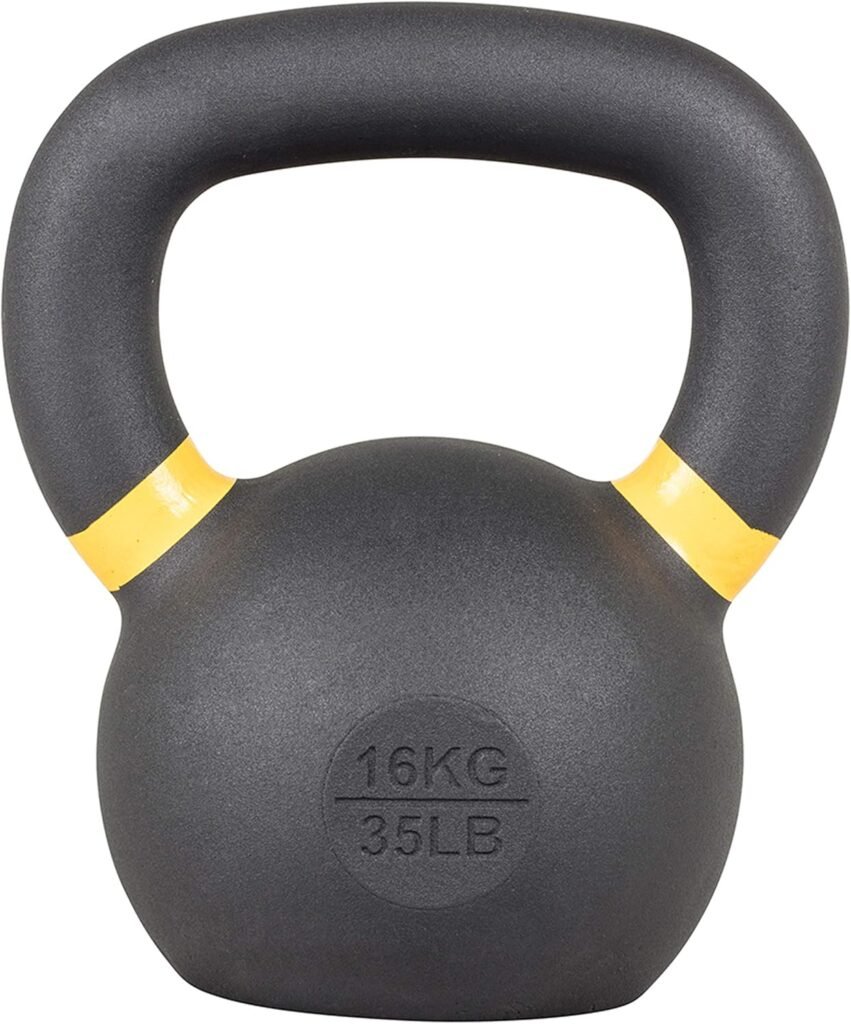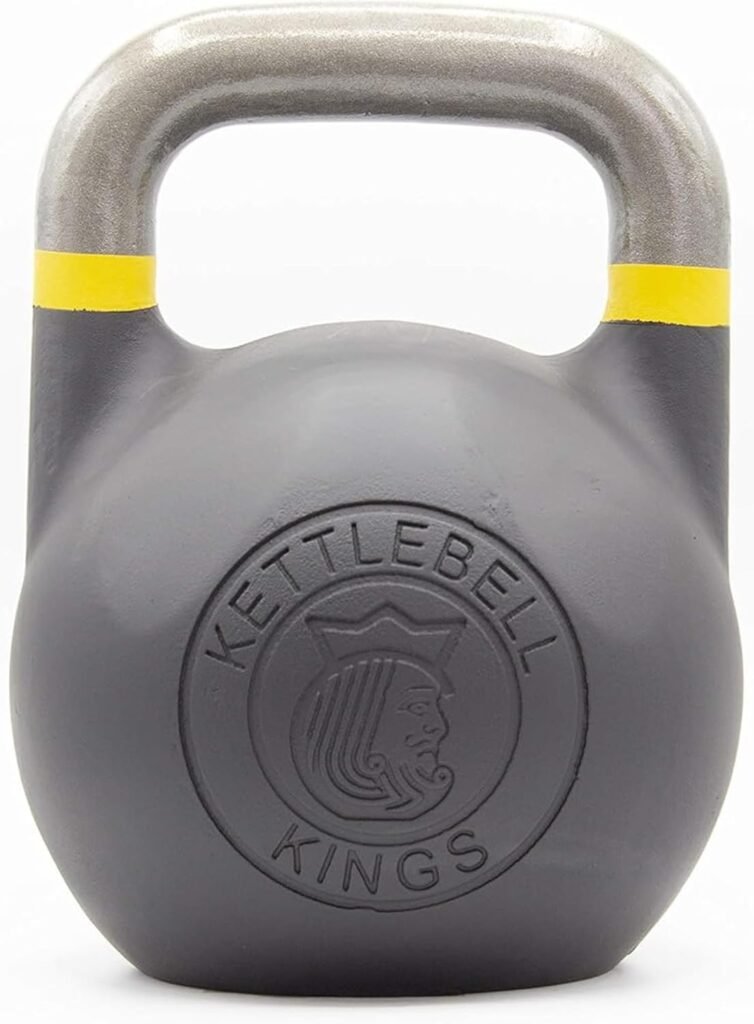Kettlebell training has surged in popularity over the last decade, not just among fitness enthusiasts but also among athletes and casual gym-goers alike. Despite its benefits, a number of myths surrounding kettlebell training persist. In this article, we’ll debunk some of the most common misconceptions about kettlebell training, helping you to understand the true power of this versatile piece of equipment.
Myth 1: Kettlebells Are Only for Advanced Lifters
One of the biggest myths surrounding kettlebell training is that it is only suitable for advanced lifters. This misconception can discourage beginners from exploring kettlebell workouts, which can actually be highly beneficial for all fitness levels.
The Truth:
- Beginner-Friendly Exercises: Many kettlebell exercises can be adapted for beginners. Movements such as the kettlebell deadlift or the goblet squat are excellent starting points.
- Progressive Loading: Kettlebells come in various weights, allowing users to start light and gradually increase the load as they gain strength and confidence.
- Instruction is Key: With proper instruction, beginners can perform kettlebell exercises safely and effectively, greatly reducing the risk of injury.
Myth 2: Kettlebells Are Only for Strength Training
While kettlebells do provide an excellent means of building strength, they are not limited to strength training alone.
The Truth:
- Versatile Workouts: Kettlebells can be used for cardiovascular conditioning, flexibility, and mobility training.
- Functional Training: Many kettlebell exercises engage multiple muscle groups, promoting functional fitness that translates to daily activities.
- High-Intensity Training: Kettlebell workouts can be structured as high-intensity interval training (HIIT), providing cardiovascular benefits while building strength.
Myth 3: Kettlebells Are Dangerous and Lead to Injury
Concerns about safety and injury often deter individuals from incorporating kettlebells into their workouts.
The Truth:
- Proper Technique: Like any form of exercise, the risk of injury is greatly reduced when proper techniques are employed. Learning from a qualified instructor can help ensure safe form.
- Controlled Movements: Kettlebell exercises can be performed at a controlled pace, allowing users to master their movements before progressing to more challenging variations.
- Balance and Stability: Kettlebell training can actually improve balance and stability, which can reduce the risk of injury in other activities.
Myth 4: Kettlebell Training Is Only for Women
The stereotype that kettlebell training is primarily for women is a misconception that can limit participation from men.
The Truth:
- Universal Benefits: Kettlebell training provides physical benefits that can be advantageous for anyone, regardless of gender. Strength, endurance, and flexibility improvements are valuable for all.
- Heavy Weights: Kettlebells are available in a wide range of weights, enabling individuals of all genders to challenge themselves according to their fitness levels.
- Athletic Training: Many athletes use kettlebells as part of their training regimen to enhance performance in their chosen sports.
Myth 5: More Weight Equals Better Results
Many believe that lifting heavier weights will automatically yield better results in strength training and overall fitness.
The Truth:
- Form Over Weight: Proper form and technique are paramount. Lifting weights that are too heavy can lead to compromised form and increased injury risk.
- Variety and Functionality: Incorporating lighter kettlebells into workouts can improve muscular endurance and functional movement patterns.
- Metabolic Conditioning: Kettlebell training often emphasizes movement quality and metabolic conditioning over sheer weight, leading to better overall fitness outcomes.
Myth 6: Kettlebells Are Only for CrossFit Enthusiasts
Some people think kettlebell training is confined to the CrossFit community, limiting its appeal to a specific group of fitness enthusiasts.
The Truth:
- Widely Used: Kettlebells have a long history in various fitness disciplines, including bodybuilding, martial arts, and general strength training.
- Adaptable Workouts: Kettlebell exercises can be easily integrated into different types of workout routines, from traditional strength training to yoga and Pilates.
- Accessible to All: Anyone can incorporate kettlebells into their fitness program, regardless of whether they participate in CrossFit.
Myth 7: You Can Only Train for Strength with Kettlebells
While kettlebells are often associated with strength training, their versatility transcends beyond just building muscle.
The Truth:
- Endurance and Conditioning: Kettlebell workouts can be tailored to improve cardiovascular endurance through high-rep sets and circuit-style training.
- Mobility and Core Strength: Many kettlebell exercises promote core engagement and improve joint mobility, essential for overall fitness.
- Full-Body Workouts: Kettlebells can engage multiple muscle groups simultaneously, providing a comprehensive workout that can enhance both strength and endurance.
Myth 8: You Need a Full Gym to Train with Kettlebells
Some believe that effective kettlebell training requires a wide array of equipment and a full gym setup.
The Truth:
- Minimal Equipment Needed: Kettlebell training can be done with just one or two kettlebells, making it accessible for home workouts or small spaces.
- Bodyweight Integration: Many kettlebell workouts can be combined with bodyweight exercises, creating a full-body workout without the need for additional equipment.
- Outdoor and Travel-Friendly: Kettlebells are portable, allowing training anywhere, whether outdoors or in a hotel room.
Conclusion
Kettlebell training is often misunderstood, with numerous myths clouding its benefits and versatility. By debunking these common misconceptions, we can appreciate the true potential of kettlebells as a valuable addition to any fitness routine. Whether you’re a beginner or an experienced lifter, kettlebells can offer an array of benefits, from improved strength and endurance to enhanced mobility and functional fitness. Embrace kettlebell training with an informed perspective, and you’ll unlock a powerful tool for your fitness journey.











